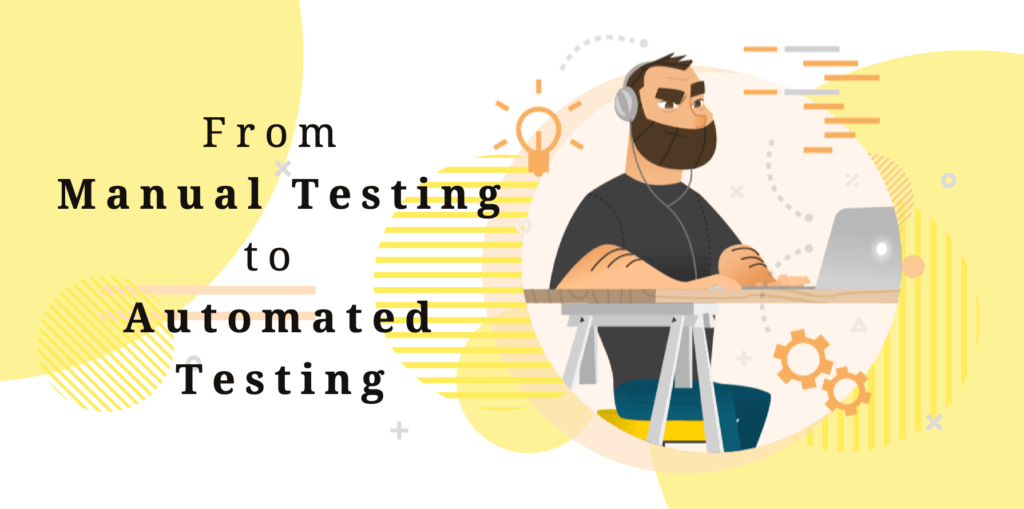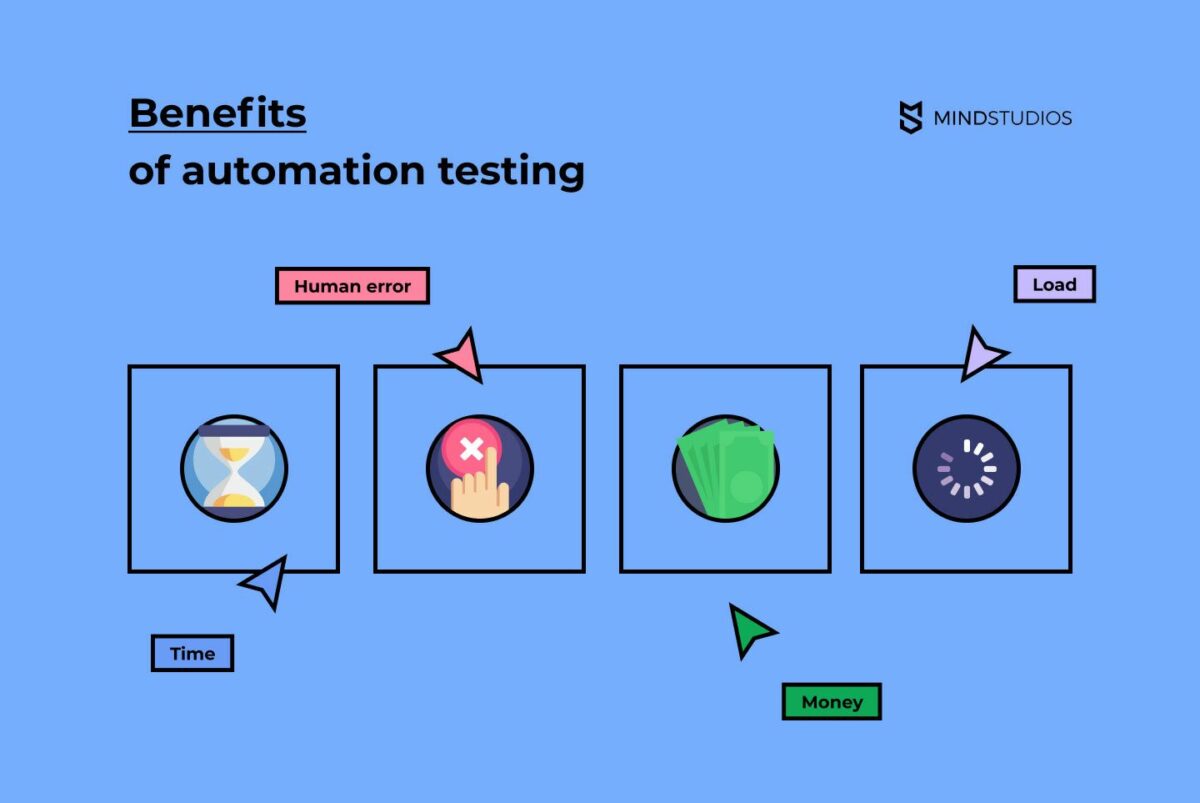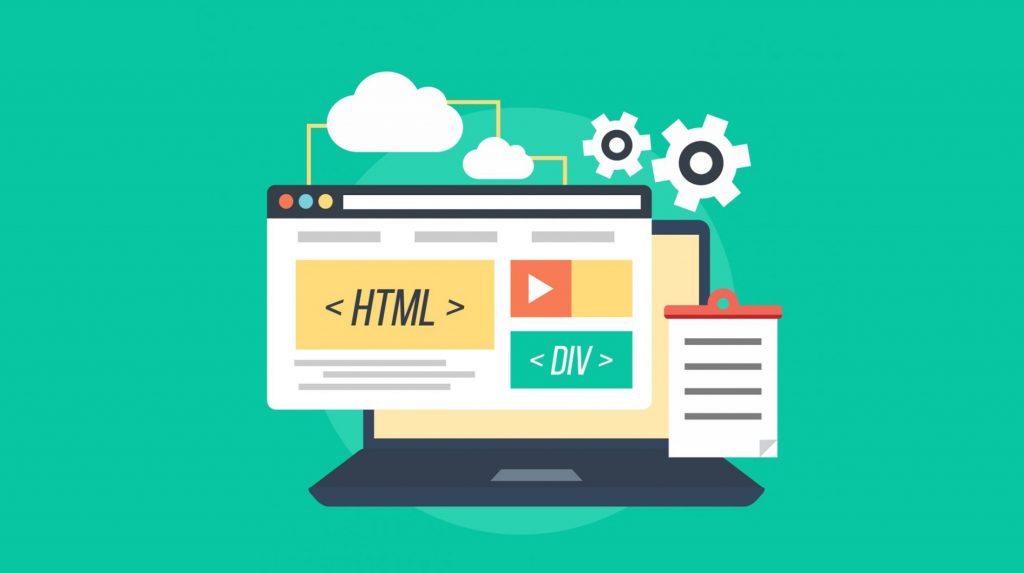Moving from Manual Testing to Automated Testing

With DevOps and Agile, organisations cannot rely completely on manual testing. There is a need to adopt automation testing wherever possible in the software testing cycle. Therefore, the testers are required to learn automation testing for smooth career growth.
The automation testing market is expected to grow to a whopping 35 Billion USD by 2026 with a CAGR of 15%. This shows how powerful and exciting automation testing is as a career choice.
Benefits of Moving to Automation Testing from Manual Testing
- Automated Testing Saves Time
- Reduce chances of human error
- Saves money in the long run
- Reduces workload on people
Let us find out about the steps of transition from manual testing to automation testing:
- Step 1 - Learn a Programming Language
- Step 2 - Choose the Most Suited Automation Tool
- Step 3 - Identify the Best Scenarios for Automation Testing
- Step 4 - Start Automating Your Tests
Benefits of Moving to Automation Testing from Manual Testing

1. Automated Testing Saves Time
Once the automation scripts are ready to run, a tremendous amount of time can be saved by using these test scripts for the following purposes:
- Repetitive tests such as regression, smoke, sanity, etc.
- Complex tests which require too much human time and effort. For example, long mathematical calculations.
- Automation test scripts can be scheduled to run 24*7, without any human intervention. This saves effort and time for the team to be focused on tasks that require human focus and attention e.g. exploratory testing, ad-hoc testing.
2. Reduce chances of human error
- Redundant tasks may cause a human error due to the nature of tasks. Also, calculation-intensive manual testing is also prone to human errors. Automation testing completely eradicates the possibility of any error because of its consistent nature.
3. Saves money in the long run
- Writing the automation test scripts requires an expert level of programming skills. Even an expert will require sufficient time to write, test, and complete the automation testing framework. However, all of this time, effort, and money invested in the initial period will reap great benefits in the long run.
4. Reduces workload on people
- Automation testing reduces the manual testing workload on people involved. For example, in the case of DevOps, the automation testing suite is triggered automatically whenever there is a new build checked-in. Therefore, it reduces the manual intervention and performs tasks based on the events in the software testing/development cycle.
Let us find out about the steps of transition from manual testing to automation testing:
Step 1 - Learn a Programming Language
Java, Python, Ruby, and C# are the most commonly used programming languages for automation testing. Most of the automation tools support multiple of these commonly used programming languages. For example, Selenium framework and Java is a popular combination. Aside from Java, Selenium can be used with Python, JavaScript, C#, etc. too.
Step 2 - Choose the Most Suited Automation Tool
As this is an important step in your transition to automation testing, here are some points of consideration when choosing the most suited automation testing tool.
- Cost: You may choose open source automation tools such as Selenium, TestProject, etc. Also, there are free trials available for a few tools for some time, use them to decide if you would like to continue with the paid version.
- Codeless: There are intelligent automation tools available in the market which work on sophisticated technologies such as Artificial Intelligence(AI), Machine Learning(ML), Natural Language Processing(NLP). These tools provide the option to write test scripts in natural language and allow software testing on the cloud. Therefore, they ease the burden of learning a new programming language. They are so easy to use that even non-technical people such as business analysts, managers, etc. can write and execute automation test scripts.
- Third-party integrations: When working with Agile and DevOps, we require many third-party tools integrations with the automation tool. For example - Jenkins, Bamboo, JIRA, HP ALM, Bugzilla, GIT, etc. Make sure that the tool you selected allows the required integration.
- Testing type: The testing requirements and type entirely depend on the technology we are developing. So make sure that the automation tool supports the software testing type you require to perform. For example, API testing, performance testing, cross-browser testing, mobile testing, etc.
Step 3 - Identify the Best Scenarios for Automation Testing
It is not always possible to achieve 100% test automation in a project. There will be some scenarios which are best executed manually such as exploratory, ad-hoc, and usability testing. Additionally, the test cases which are rarely run, need not be automated. The time and effort in writing the automation testing scripts will outweigh the benefits.
Identify the best scenarios for automation testing, by tallying the below checklist:
- Are these scenarios executed frequently?
- Do these scenarios work on complex business logic?
- Do we require specific software testing types such as cross-browser, parallel, performance, data-driven testing?
- Application and requirements are stable for testing.
If the answer to the above questions is yes then select these scenarios as candidates for automation testing. Read most frequently asked automation testing interview questions here.
Step 4 - Start Automating Your Tests
Once you have learned till Step 3, you are ready to automate your test cases! Start writing automation test scripts for simple and smaller test cases first. When you will execute a few of them, you will gain more confidence and are ready to move to bigger and more complex test cases.
When in doubt, seek help from the seniors, developers, colleagues, online forums, and communities. Therefore, it is important to choose an automation testing tool for which enough help is available online and offline.
Since you are writing code now, you need to follow programming standards and best practices as well. The final goal is to automate the test cases while keeping the maintainability factor intact. The test cases should be coded in a way that when someone else works on them they can easily understand the code and make changes accordingly.
The shift from manual testing to automation testing may seem daunting at first, and no doubt it will be challenging. However, the efforts you will put into learning and adopting this change will bear fruits that you are going to enjoy thoroughly. There will be learnings, career growth, and expansion in the professional experience when you switch from manual testing to automation testing. A sense of confidence will be instilled in your personality, by learning something entirely new and excelling at it. So why not start today?.
Backend Technology Interview Questions
C Programming Language Interview Questions | PHP Interview Questions | .NET Core Interview Questions | NumPy Interview Questions | API Interview Questions | FastAPI Python Web Framework | Java Exception Handling Interview Questions | OOPs Interview Questions and Answers | Java Collections Interview Questions | System Design Interview Questions | Data Structure Concepts | Node.js Interview Questions | Django Interview Questions | React Interview Questions | Microservices Interview Questions | Key Backend Development Skills | Data Science Interview Questions | Python Interview Questions | Java Spring Framework Interview Questions | Spring Boot Interview Questions.
Frontend Technology Interview Questions
HTML Interview Questions | Angular Interview Questions | JavaScript Interview Questions | CSS Interview Questions
Database Interview Questions
SQL Interview Questions | PostgreSQL Interview Questions | MongoDB Interview Questions | MySQL Interview Questions | DBMS Interview Questions
Cloud Interview Questions
AWS Lambda Interview Questions | Azure Interview Questions | Cloud Computing Interview Questions | AWS Interview Questions
Quality Assurance Interview Questions
Selenium Interview Questions | Automation Testing Interview Questions
DevOps and Cyber Security Interview Questions
DevOps Interview Questions | How to Prevent Cyber Security Attacks | Guide to Ethical Hacking | Network Security Interview Questions
Design Product Interview Questions
Product Manager Interview Questions | UX Designer Interview Questions
Interview Preparation Tips
Strength and Weakness Interview Questions | I Accepted a Job Offer But Got Another Interview | Preparation Tips For the Virtual Technical Interview | 7 Tips to Improve Your GitHub Profile to Land a Job | Software Engineer Career Opportunities in Singapore | What can you expect during a whiteboard interview | How To Write A Resignation Letter | Recommendation Letter Templates and Tips.
Quick Links
Practice Skills | Best Tech Recruitment Agency in Singapore, India | Graduate Hiring | HackerTrail Litmus | Scout - Sourcing Top Tech Talent in ONE Minute | About HackerTrail | Careers | Job Openings.



